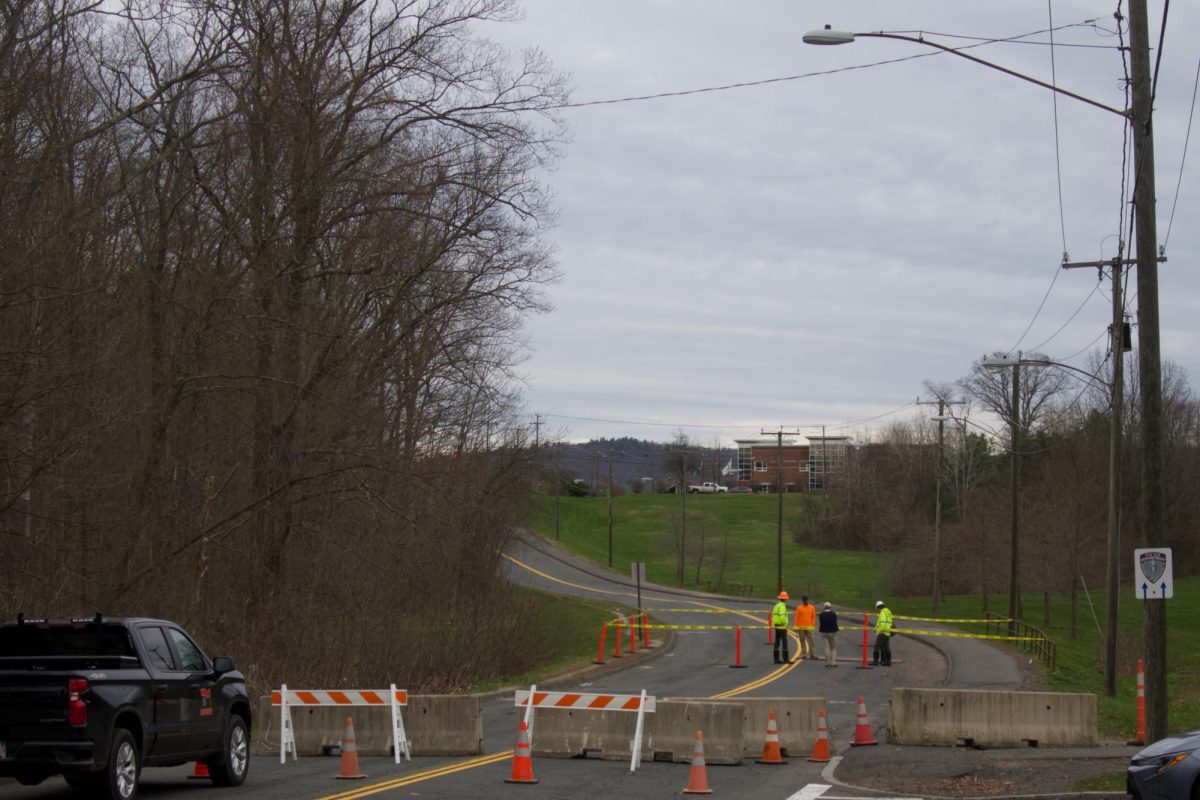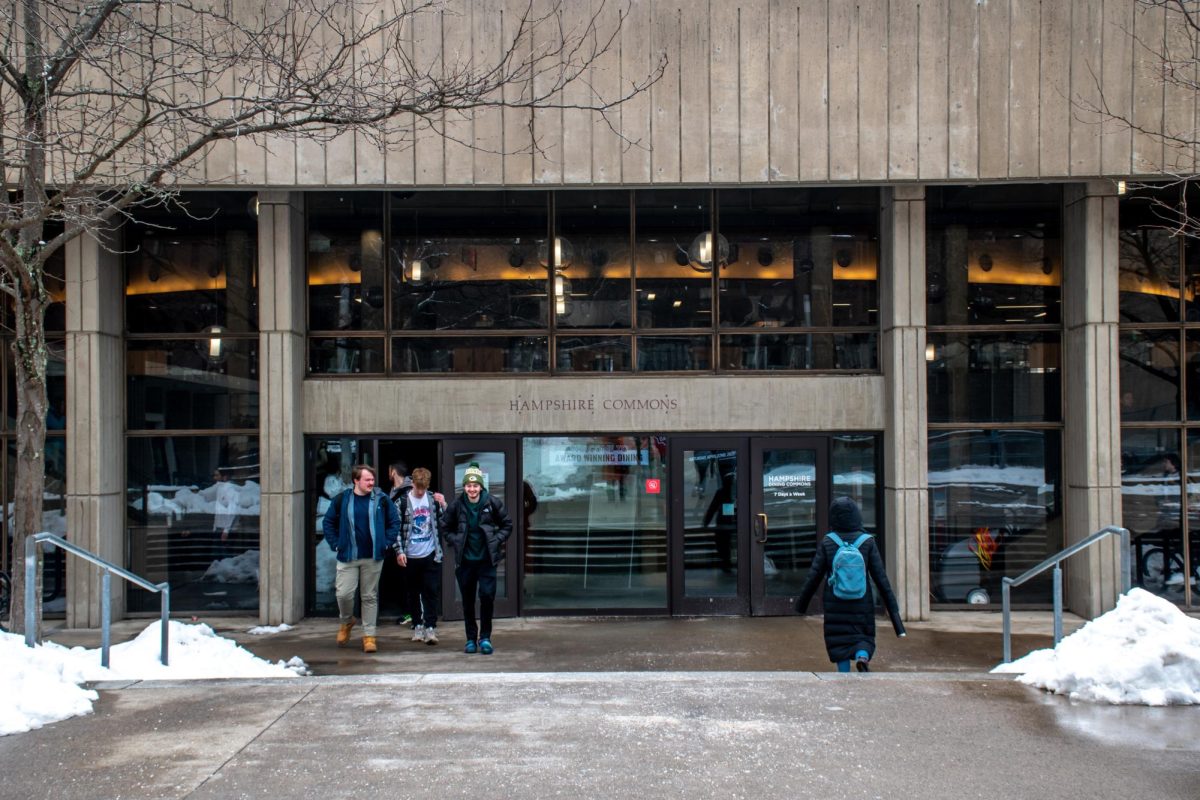The rain is pouring down on several students, shopping bags in hand, as they run down Route 9 frantically to escape what looked like a sealed fate of missing the bus.
In the distance, a bus hums as they attempt to wave it down. Just in the nick of time, they catch the bus before it departs, catch their breath, and dry off. Meanwhile, in Lot 22 of the University of Massachusetts campus, a singe commuter to the school circles the parking lot once again, looking for a spot with no luck.
UMass Transit offers transportation alternatives to driving which reduce emissions from exhaust and service people who would otherwise use their own vehicles. These emissions are in part responsible for a build up of carbon in the atmosphere, contributing to climate change. UMass Transit says approximately 18,000 people use the service daily; but with more students attending the University every year and spending on the bus system shrinking, this well-received alternative could be in danger.
Al Byam, general manager of UMass Transit, said buses at UMass as well as across the globe provide an excellent service and help contribute to the fight against climate change.
“Environmentally, the buses, which use ultra-low sulfur diesel fuel and have catalytic converters, are cleaner than most every other vehicle in the Valley. More buses and less cars out there would assist in making a huge difference in the air quality in the area,” he said.
Byam said investments in public transportation on campus are insufficient.
“There are approximately 14,000 registered cars and only 11,000 spaces to park, for one, and there are not enough buses to meet the need of commuters and people who wish to use the system,” he said.
“The PVTA has pretty much level funded us from 2001, and we are barely hanging on to keep the present level of service on the street,” he added.
Byam said the organization’s budget is approximately $3 million, with 75 percent coming from PVTA, and the rest coming from federal, state and local tax contributions. He also said UMass Transit goes through some 220,000 diesel gallons in a year, costing the organization about $677,000.
David Elvin, senior transit planner of the Pioneer Valley Planning Commission, said public transportation reduces the demand for creating parking lots, if people utilize it.
“Public transportation is closely integrated with planning for the environment, not only because it reduces the greenhouse gas emissions per person, but because it can help keep more space open for environmental needs, like processing storm water,” Elvin said.
A report from the American Public Transportation Association found that “public transportation use saves the equivalent of 900,000 automobile fill-ups every day.”
Professor Anna Nagurney at the Isenberg School of Management, who teaches a class on sustainable transportation and environmental networks, said that whether or not a bus is beneficial in terms of emissions depends on ridership.
“The efficiency of public transportation depends on ridership when it comes to emissions. If buses are only a quarter full, then it’s not so good,” she said.
Nagurney added that if people want to reduce emissions, they need to demand more transit options.
“We need to have more alternative modes of public transportation being implemented,” she said. “My students have expressed interest in this idea and would be willing to reduce driving if this was available,” she said.
Nagurney added that looking at the best routes to plan public transportation, as well as implementing more routes, would create greater ridership and reduce the amount of people using their own transportation.
However, despite the capability for buses to have positive impacts on the environment, there are drawbacks to the system.
A 2007 report from the American Bus Association found average carbon dioxide emissions per passenger mile for the average car trip was around 240 units, while it was 300 for a transit bus.
Buses which go unused only get about five miles per gallon and create more carbon dioxide emissions.
Michael Rawlins, manager of the UMass Climate Research Center, said that even if consumers and locals take substantial action to reduce their carbon footprint, these shifts will only yield positive results long down the line, and that the damage has, in many ways, already been done.
“We could cut emissions today by 20 percent over 10 years, and it could take 100 years to make a difference,” Rawlins said.
“You’re not going to see a rapid reduction. The carbon that is up there in the atmosphere now has been up there since the Industrial Revolution,” he added.
Although it might not make an impact in anyone alive today’s lifetime, UMass Transit’s leadership encouraged residents to hop on board for climate change, anyways.
“Reducing the number of cars aids in congestion management, the environment, safety and the quality of life in the Valley,” Byam said.
“Everyone can help by riding the bus, walking, and or bicycling. This will help even more as the campus population grows over the next few years,” he said.
Tim Jones can be reached at [email protected].






